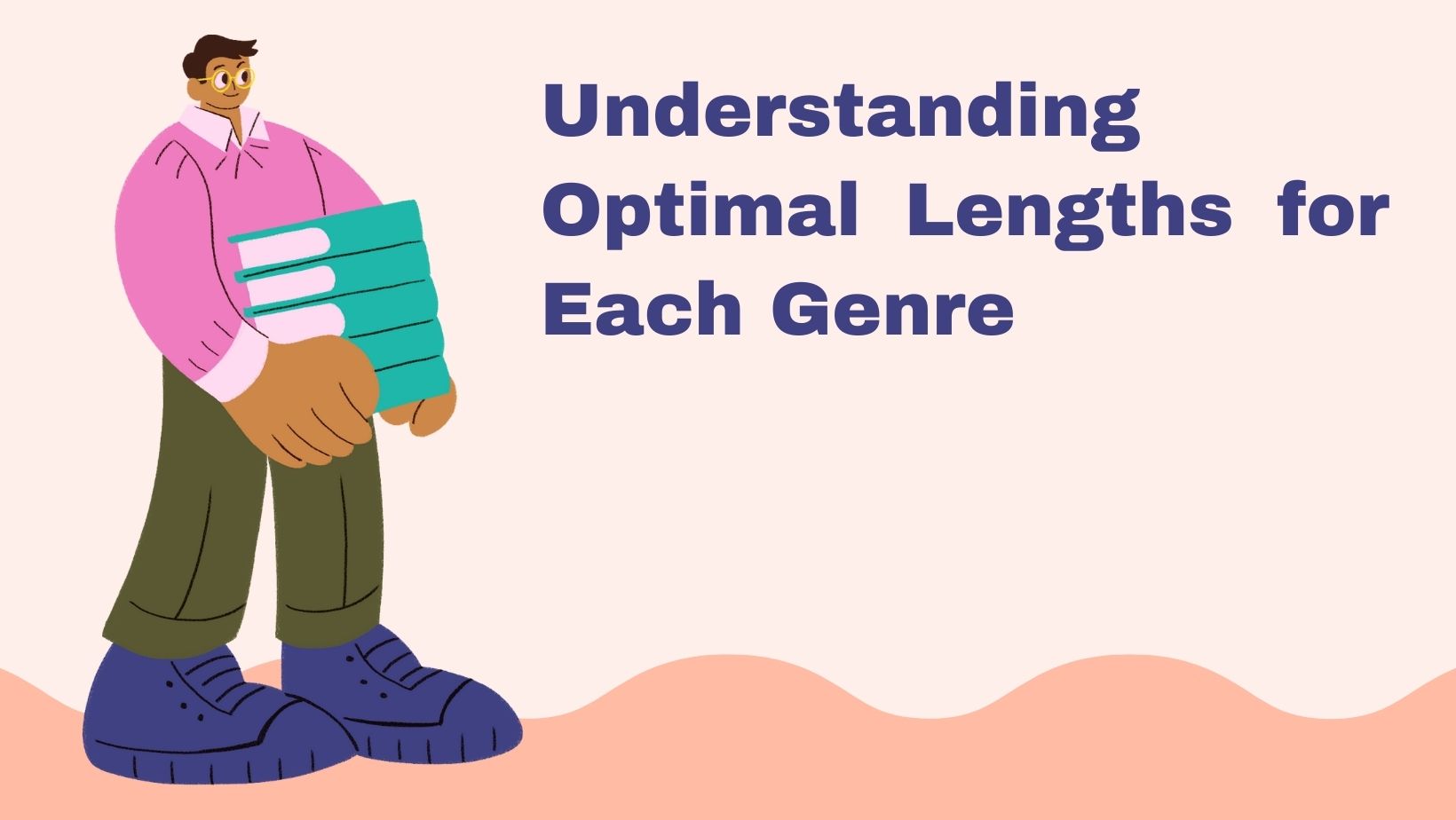Are you thinking about Write A Book? Becoming an author can be a rewarding experience, but it’s not easy. In fact, the process of writing a book can be daunting, and even overwhelming at times. But don’t worry! If you follow these nine steps, you’ll be well on your way to writing a book that you can be proud of.
- Choose a topic that you’re passionate about.
- Do your research and develop a strong understanding of your topic.
- Outline your book.
- Write your first draft.
- Edit and revise your manuscript.
- Find a reputable book printer or self-publish your book.
- Design a beautiful book cover.
- Promote and market your book to potential readers.
- Celebrate becoming a published author!
Table of Contents
The Benefits of Write A Book
For would-be authors, there are many benefits to writing a book. Among them are gaining credibility and visibility, boosting your career, and making money. But the key benefit is that writing a book can change your life.
Gaining credibility and visibility: A major reason people want to Write A Book is to gain credibility and visibility in their field. Once you’ve written a book, you can say you’re an author and are therefore an expert on your subject. This can help you get speaking engagements, consulting work, media attention, and more.
Boosting your career: A book can also help boost your career. If you’re an entrepreneur, a book can make you more attractive to potential investors. If you want to get promoted, a well-received book can make you a leading candidate for the next open position.
Making money: For some people, the biggest benefit of writing a book is that it can make them rich. While this isn’t true for most authors (very few books become bestsellers), it is possible to make good money from your book royalties and speaking engagements.
Why You Should Write a Book
There are many benefits to writing a book and becoming an author. Books can be a great way to share your knowledge and expertise with the world, and can also be a valuable marketing tool for your business. Writing a book can also be a good way to build your brand and create more visibility for yourself and your company.
How to Write a Book

The following is an excerpt from “Your First Book: A Step-By-Step Guide to Writing for Publication” by Alan Jacobson (Adams Media, 2007).
With the advent of personal computers and word processing programs, there’s never been an easier time to Write a Book. However, getting your book published is still not easy. In fact, it’s probably harder than it’s ever been. With that in mind, here are nine steps that will help you get your book published.
Find a good subject to Write a Book
This is likely the most important part of Write A Book. You can have all the talent in the world, but if you’re writing about something that nobody cares about, you’re not going to get published. Try to find a subject that hasn’t been covered too much before and that you’re passionate about. This way, you’ll be more likely to stick with it when the going gets tough (and it will get tough).
Do your research
Once you’ve found a good subject, it’s important to do your research before you start writing. This way, you’ll be sure to have all the facts you need, and you won’t have to stop in the middle of writing to go look something up. The Internet can be a great resource for this, but don’t forget about libraries and other sources of information as well.
Start writing!
After you’ve done your research, it’s time to start putting words on paper (or screen). Many people make the mistake of thinking that they need to have everything planned out before they start writing, but this is seldom the case. Just start writing and see where your story takes you; chances are good that it will take on a life of its own and go in directions you never would have thought of if you’d tried to plan everything out ahead of time.
Get feedback from others
Once you’ve got a good first draft written, it’s important to get some feedback from other people before you do any more work on it. Ask friends or family members what they thought of the book; chances are good they’ll be honest with you (although you don’t take offense if they’re not as positive as you’d like them to be).
You can also try joining an online writer’s group where people will give you feedback on your work; just do a search for “writer’s group” on Google or another search engine, and you should find plenty of options.
Step 1: Choose your book’s genre to Write a Book
Before you start writing your book, you need to decide what genre it’s going to be. This will help you determine what style of writing to use, what kind of story to tell, and what sorts of characters and settings to include.
There are many different genres of books, and each has its own set of expectations in terms of style and content. Some common genres include:
Fiction: Novels, short stories, plays, and other works of fiction are typically written in prose. This can be either first-person or third-person point of view. Fiction books often contain elements of other genres, such as romance, mystery, or science fiction.
Nonfiction: Nonfiction books are typically written in prose as well, but they are based on real people, events, or places. Unlike fiction books, nonfiction books must be accurate and informative. Examples of nonfiction genres include biographies, history books, self-help books, and travel guides.
Poetry: Poetry is a type of literature that uses rhythmic language to express emotions or ideas. Poems can be either long or short, and they often rhyme. Many poems are written in first-person point of view.
Step 2: Outline your book
As you write your book, you will want to keep track of your thoughts and ideas so that you can refer to them later. An outline is a great way to do this.
To create an outline, start by brainstorming all the topics you want to cover in your book. Once you have a list of potential topics, start fleshing them out by adding subtopics and sub-subtopics. For each topic, ask yourself what points you wish to make and what supporting evidence you will need.
Once you have a detailed list of topics and subtopics, start to arrange them in an order that makes sense. One way to do this is to start with the big picture and then break it down into smaller chunks. For example, if you are writing a book about fitness, you might start with a chapter on overall health benefits, followed by chapters on different types of exercise, healthy eating habits, and so on.
As you arrange your outline, keep in mind the structure of your book. Most books follow a similar format, which includes an introduction, main body, and conclusion. You can use this basic structure as a guide for organizing your thoughts and ideas.
Once you have created an outline, refer to it often as you write your book. This will help keep you on track and make sure that your book is cohesive and well-organized.
Step 3: Write a Book
Now it’s time to actually start writing your book. This is where the real work begins.
Sit down and write every day, even if it’s just for a few minutes. It’s important to get into a regular writing habit.
Some people like to outline their book before they start writing, while others just start writing and see where the story takes them. There is no right or wrong way to do this. Do whatever feels best for you and your story.
Once you have a first draft, it’s time to revise and edit your book. This can be a long and difficult process, but it’s important to make sure your book is the best it can be before you publish it.
You may also want to hire a professional editor to help you with this step.
Step 4: Edit your book
Now that you’ve written your book, it’s time to edit it. Editing is an important step in the writing process, and it’s one that shouldn’t be skipped. There are a few different ways you can go about editing your book, but the most important thing is to make sure you do it thoroughly.
One way to edit your book is to hire a professional editor. This is someone who will read through your book and make corrections and suggestions. If you decide to go this route, be sure to hire someone who specializes in editing books. There are many different types of editors, and you want to make sure you hire someone who will be able to help you improve your book.
Another way to edit your book is to do it yourself. This option is often less expensive than hiring a professional editor, but it can be more time-consuming. If you decide to edit your book yourself, be sure to read through it several times before you publish it. It’s also a good idea to have someone else read through it as well. This person can catch errors and typos that you might miss.
Once you’ve edited your book, it’s time to start thinking about publishing it. Publishing your book can be a daunting task, but there are a few different options available to you. You can self-publish your book, which means you will be responsible for everything from printing copies of your book to marketing and selling it. You can also choose to publish your book through a traditional publisher. Traditional publishing involves working with an agent and submitting your manuscript to publishers in the hopes that one of them will agree to publish your book.
No matter which option you choose, remember that writing a book takes time, effort, and perseverance. Don’t give up on your dream of becoming an author – keep writing!
Step 5: Publish your book
Now that you’ve written, edited, and designed your book, it’s time to hit publish and make it available to the world. This is an exciting moment—your hard work is finally paying off and people are reading your book! But before you can start patting yourself on the back, there are a few things you need to do first.
There are two main ways to publish your book: Traditional publishing and self-publishing. We’ll go over both methods, so you can decide which one is right for you.
Traditional Publishing:
If you want to traditional publish your book, you’ll have to find an agent or a publisher who is interested in your manuscript. This can be a long and difficult process, but if you get lucky, it can lead to a publishing contract.
Under a traditional publishing contract, the publisher will pay you an advance and royalties in exchange for the rights to your book. The advance is typically a couple of thousand dollars, but it can be more or less depending on your experience and the publisher’s budget. Traditional publishers will also cover the costs of editing, cover design, printing, and marketing for your book.
So, why would anyone want to self-publish when they could get all of that for free? The answer is that traditional publishing is very competitive and difficult to break into. It can take years of submitting your work before you finally land a publishing contract—if you ever do.
Self-Publishing
Self-publishing means that you retain all the rights to your book, and you are responsible for paying all the costs associated with publication. This includes editing, cover design, formatting, printing, and marketing.
The biggest advantage of self-publishing is that you don’t have to wait around for someone else to give you permission to publish your book. You can hit publish as soon as your book is ready!
Another advantage of self-publishing is that you get to keep all the profits from your book sales. With traditional publishing, the publisher takes most of the profits and leaves only a small percentage for the author.
The downside of self-publishing is that it can be expensive and time-consuming—you have to do everything yourself! If you don’t have experience in publishing or marketing, it can be difficult to learn how to do everything yourself. But there are plenty of resources out there (including this one) that can help guide you through the process. Decide if traditional publishing or self-publishing is right for you.
Conclusion
There’s no one “right” way to Write a Book, but there are definitely wrong ways. By following the nine steps outlined in this article, you’ll dramatically improve your chances of not only writing a book, but also becoming a published author.
The best way to become an author is to start by writing a great book. That might sound obvious, but it’s true. So many would-be authors try to bypass the hard work of writing by instead trying to game the system or market their way to success. But at the end of the day, it all comes down to the quality of your book.
There are no shortcuts when it comes to becoming an author. But by following the advice in this article, you can streamline the process and give yourself the best possible chance at success.



